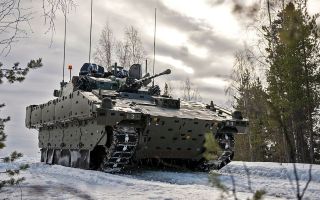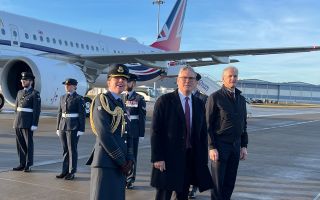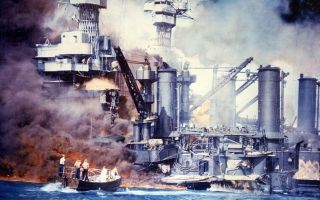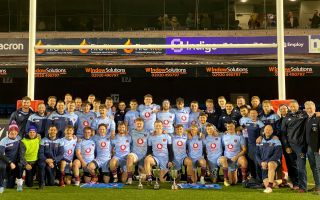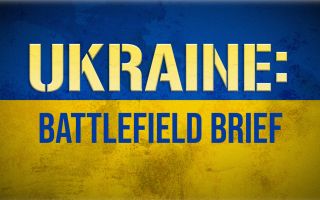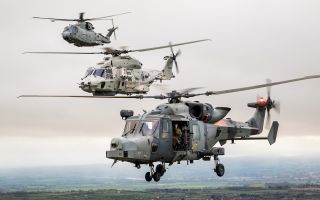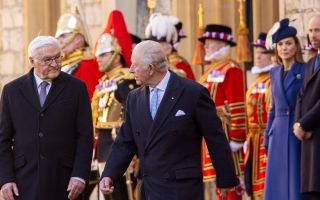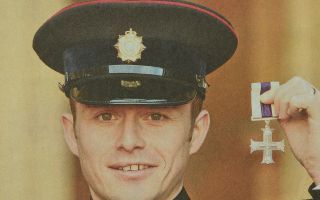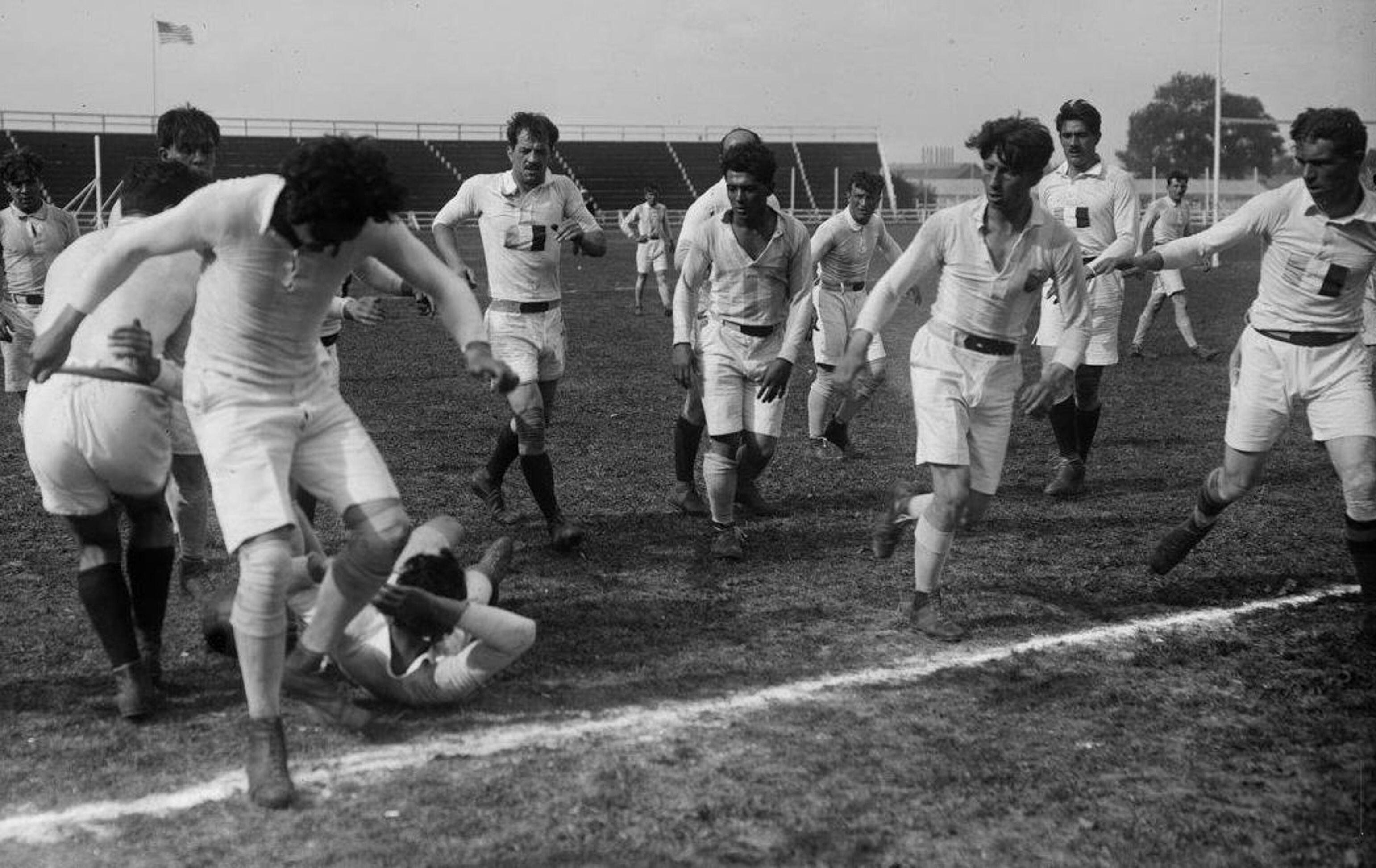
Inter-Allied Games: When WW1 Veterans Held Their Own Olympics

The 1919 Inter-Allied Games brought together nations broken and weary from the First World War in some traditional and not-so-traditional sports.
World War One had heavily damaged Europe, killing millions and leaving the continent devastated.
The effects of the Spanish Flu pandemic were still wreaking their horrors, with about 50 million people dead worldwide.
However, due to the sudden end of the war, hundreds of thousands of service personnel from various countries were stranded in Europe, with little to do before ships became available to ship them home.
Nearly a century before the Invictus Games were devised by Prince Harry for wounded servicemen, Elwood Stanley Brown, the Physical Director of the American Young Men's Christian Association (YMCA), suggested a "great set of military Olympic Games".
The Early Stages
In 1918, Ellwood Brown backed his thoughts by sending a letter to US Army Colonel Bruce Palmer.
The letter 'Proposed Athletic Program for Demobilization Period' emphasised that officials redirect the frustration of the stranded troops into sports instead.
Officials latched on to the idea, enlisting the help of the YMCA funding.
French and American officials decided that the best place to hold the event was near Paris.
Vincennes was the chosen location and the Pershing stadium was constructed, named after Commander-in-Chief of the American Expeditionary Forces, US General John J. Pershing.
Construction was not without its controversy – it was hastily constructed in fewer than 90 days with the help of American soldiers after French workers strikes briefly halted construction.
On 9 January 1919, General Pershing would then send out invitations to 29 allied nations, with the games officially beginning on 22 June 1919.
Which countries were involved?
Twenty-nine Allied nations were invited to compete by General Pershing.
In his invitation, he hoped that the "cherished spirit of comradeship" which had sprung "from the gallant joint effort of our forces on the battlefield may thus be even more closely cemented".
Of the 29 invited, France, Great Britain, the United States and 15 other nations accepted the invitation.
The US dominated the medals table, predominantly due to the large numbers of athletes involved, but also the training programmes a lot of their athletes had already been through before competing.
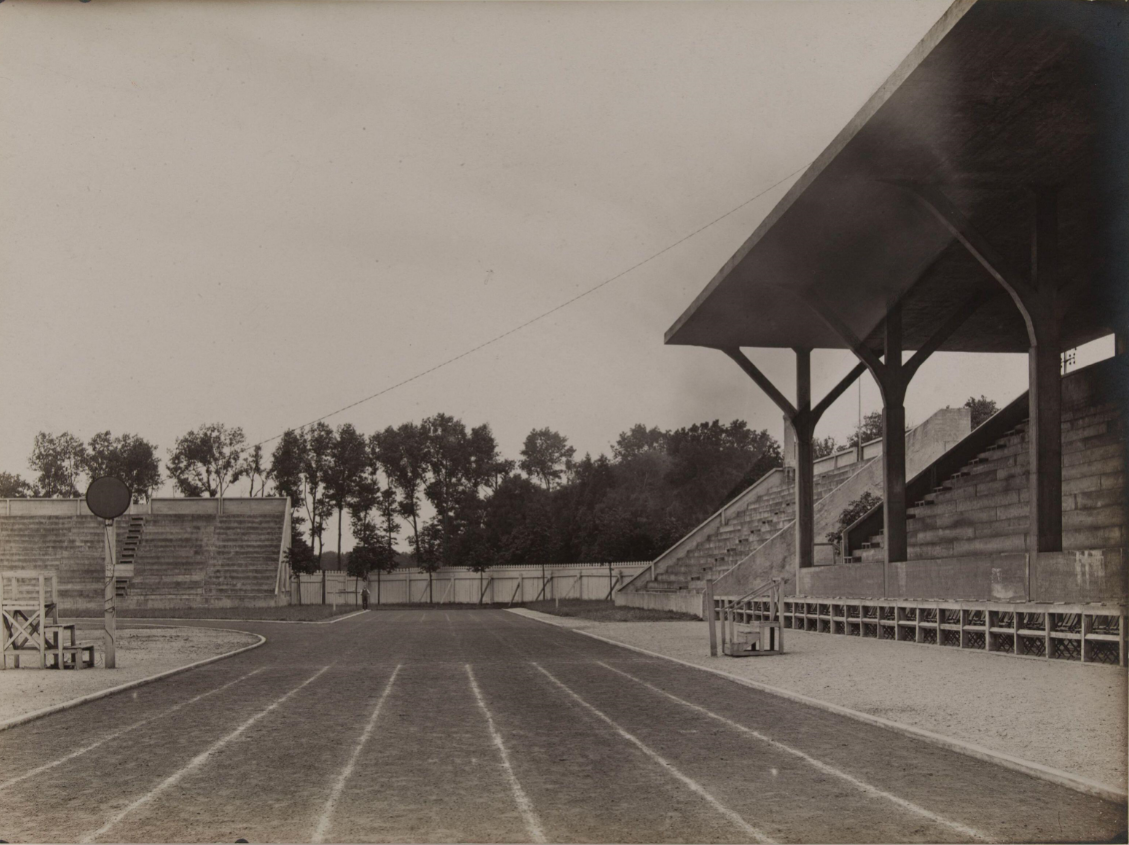
What events took place?
Twenty-six sports were planned and they were extremely varied, with mainstays such as track and field on the list alongside baseball, wrestling, golf, fencing, rowing, football and rugby.
Military activities were included in the programme, including pistol shooting, tug of war, and hand grenade throwing.
Hand-grenade tossing was included with the intention of attracting large audiences, with the US taking victory when a former baseball player threw a hand grenade 75 metres.
The US won the vast majority of the events in athletics, basketball, baseball, shooting and swimming.
American swimmer Norman Ross won the 100m, 1,500m and 400m freestyle events, the latter in a world-record time of five minutes and 40 seconds. Ross eventually won three Olympic gold medals and set 13 world records during his career.
Despite the prejudices he faced as a black man, it was reported in the New York Times dated 6 July 1919, that Solomon 'Sol' Butler was "loudly cheered" as he won the long jump competition with a leap of nearly 8m – just shy of the Olympic record.
Great Britain only sent a small representation to compete in the games, with their only win coming in the rowing.
The Future
International Olympic Committee (IOC) President Pierre de Coubertin, who had been concerned about reviving the Olympics after the war, described the Inter-Allied Games as "extremely useful", showing that "muscular value and sporting enthusiasm were not on the decline".
This led to the 1920 Antwerp Olympics Games, which involved many athletes who had competed at the 1919 event.
On 6 July 1919, the games ended with the French flag hoisted above the stadium as it was now under their ownership – the Pershing Stadium was a parting gift from the people of the US.
More than 25,000 spectators were present in the stadium as bands played "The Star-Spangled Banner" followed by "Marseillaise", as the flags of the Allies were slowly lowered, bringing the games to a close.
Cover image: Rugby union match at the Inter-Allied Games of 1919 Romania v France (Picture: Alamy).


